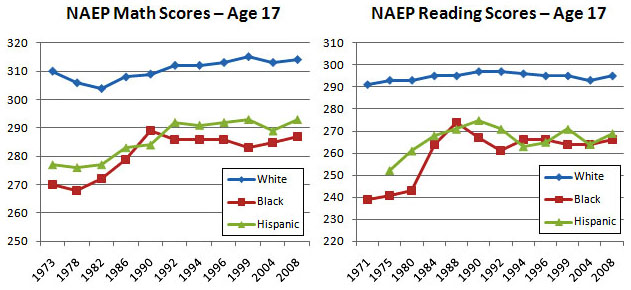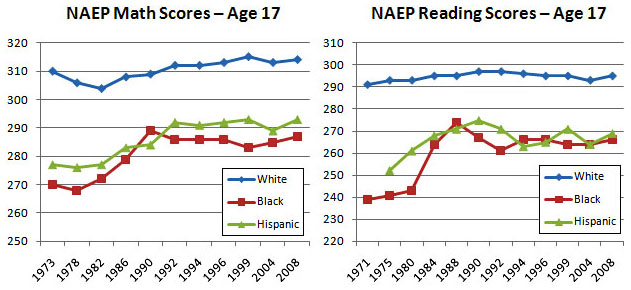
This is kind of weird. M. Night Shyamalan has apparently gotten a little bored with making movies, and has instead spent the past year or so writing a book. About education. And unlike other folks who parachute into the ed debates with the usual silver bullets (more charter schools! higher standards! fewer teachers unions!), he actually diagnoses the problem correctly:
You know how everyone says America is behind in education, compared to all the countries? Technically, right now, we’re a little bit behind Poland and a little bit ahead of Liechtenstein, right? So that’s where we land in the list, right? So that’s actually not the truth. The truth is actually bizarrely black and white, literally, which is, if you pulled out the inner-city schools — just pull out the inner-city, low-income schools, just pull that group out of the United States, put them to the side — and just took every other public school in the United States, we lead the world in public-school education by a lot.
And what’s interesting is, we always think about Finland, right? Well, Finland, obviously, is mainly white kids, right? They teach their white kids really well. But guess what, we teach our white kids even better. We beat everyone. Our white kids are getting taught the best public-school education on the planet. Those are the facts.
This is true. If you compare American white kids to, say, Finnish or Polish or German white kids, we do just as well. But we do an execrable job of teaching our black and Hispanic kids. In ed conversations, this usually gets referred to as the “achievement gap”—a deliberately watery term that Shyamalan has no use for. He calls it “education apartheid,” and what it means is that our schools qua schools are basically fine. It’s mostly our inner city schools with big low-income black and Hispanic populations that fail us:

So what are Shyamalan’s solutions? He’s got five:
- Get rid of the bottom 2-3 percent of truly terrible teachers.
- Make the principal the chief academic and head coach. Let another person handle school operations.
- Constant feedback to teachers and students.
- Small schools (not small classes).
- Increased instructional time. Extend the school day and do away with summer vacation.
I don’t want to pretend that Shyamalan has all the answers here, or that his five interventions are themselves silver bullets. But I’ll say this: based on my sense of the literature and the endless number of n-point plans I’ve read over the years, Shyamalan’s sounds pretty reasonable. At the very least, his book is a welcome addition to the debate.















